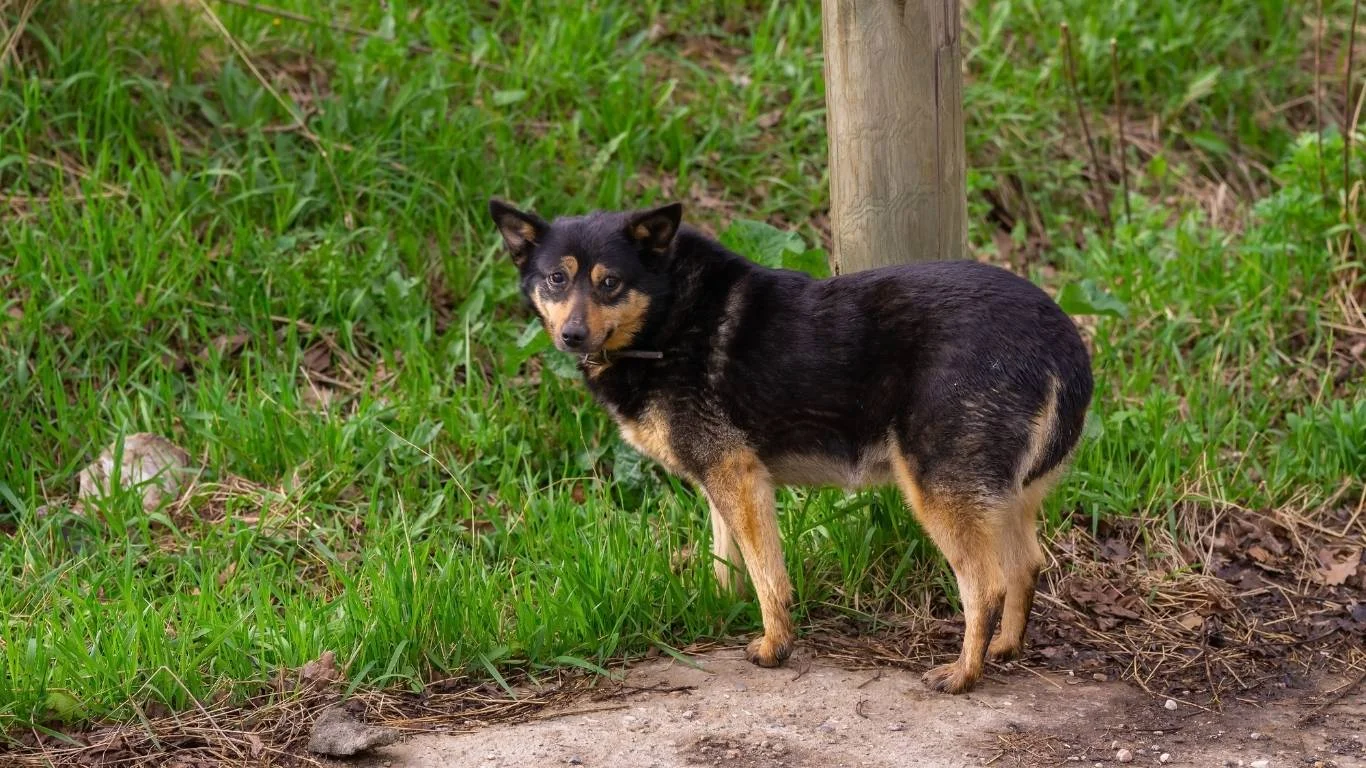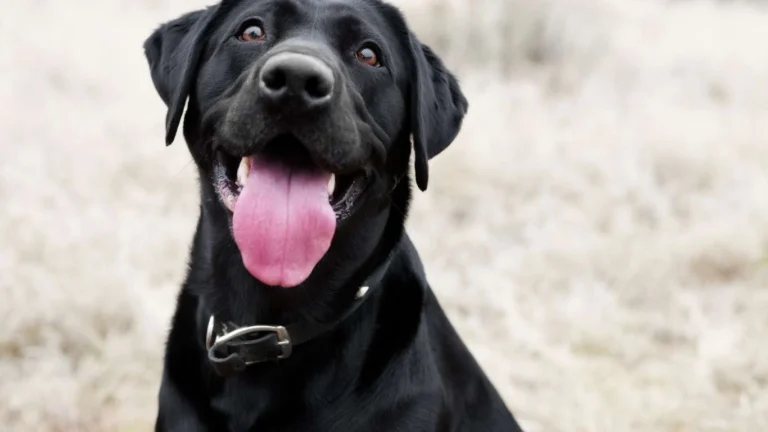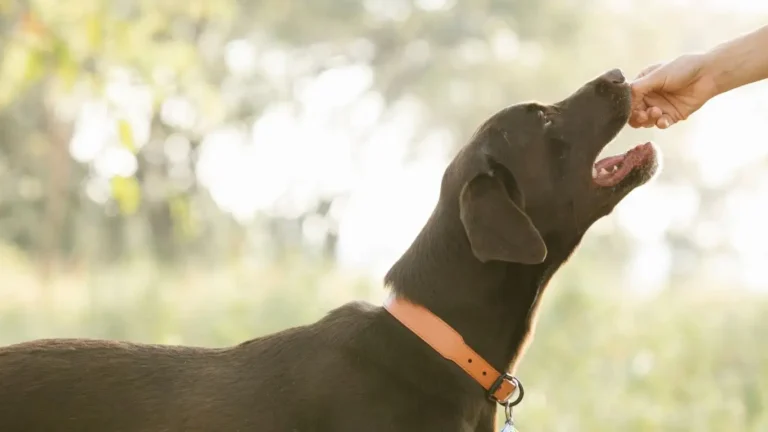Why Can Dogs Have Lactose Intolerance? Signs & Safer Options
Ever found yourself asking, can dogs have lactose intolerance? You’re not alone. As a Veterinary Assistant with a focus on nutrition, I’ve had more than a few pet parents come in panicked because their pup had a bit of ice cream and then, well… let’s just say their carpet didn’t appreciate it. So let’s talk about what’s really going on when dairy and dogs collide — from the smelly aftermath to the science behind it — and how you can make more informed choices about what ends up in your dog’s bowl.
Understanding Lactose Intolerance in Dogs

Lactose intolerance in dogs is real — and it’s more common than most people think. We often associate it with humans, but our furry friends can have similar digestive sensitivities. Lactose is the natural sugar found in milk and dairy products. When a dog’s digestive system can’t break it down properly, that’s when trouble begins.
From my hands-on experience in the clinic, the symptoms show up fast. Think: bloating, gassiness, diarrhea, and sometimes even vomiting. It’s not pretty, and it’s definitely not comfortable for your pup. The tricky part? Some dogs seem totally fine with a bit of cheese or yogurt — while others can’t even sniff a milk bone without getting sick.
Why Do Some Dogs Struggle With Dairy?
The short answer is: enzymes. More specifically, the enzyme lactase. Puppies are born with a decent amount of lactase because nature expects them to digest their mother’s milk. But as they grow and wean, their bodies usually stop producing as much. That’s where the issues start.
In adult dogs, the ability to digest lactose varies widely. Breed, age, and even overall health can play a role. In my clinic days, I noticed small breeds like Chihuahuas and toy poodles had more frequent reactions, while labs and retrievers often tolerated a little better (though not always!).
Common Signs Your Dog Might Be Lactose Intolerant

Dogs aren’t great at hiding how they feel — especially when their stomachs are upset. If you’ve ever given your dog a bit of dairy and then witnessed these signs, lactose intolerance might be the culprit:
- Flatulence: Yep, those toxic clouds could be more than just a random occurrence.
- Loose stools or diarrhea: A classic red flag.
- Abdominal bloating or cramping: You might notice them whining, pacing, or stretching oddly.
- Vomiting: In more severe cases, especially if they consumed a large amount.
I had one sweet Golden Retriever patient named Max whose owner gave him ice cream every Saturday — thinking it was a fun treat. But every Sunday? Diarrhea, gas, and a seriously unhappy pup. Once we cut the dairy and replaced it with a dog-friendly frozen banana blend, Max was back to his goofy, tail-wagging self.
Is It an Allergy or Just Intolerance?
This is an important distinction. A food allergy involves the immune system and can show up as skin issues, chronic ear infections, or more serious reactions. Lactose intolerance, on the other hand, is all digestive. If it’s just upset stomach and loose stools after dairy, it’s likely intolerance — but your vet can help confirm.
Can Dogs Have Any Dairy at All?
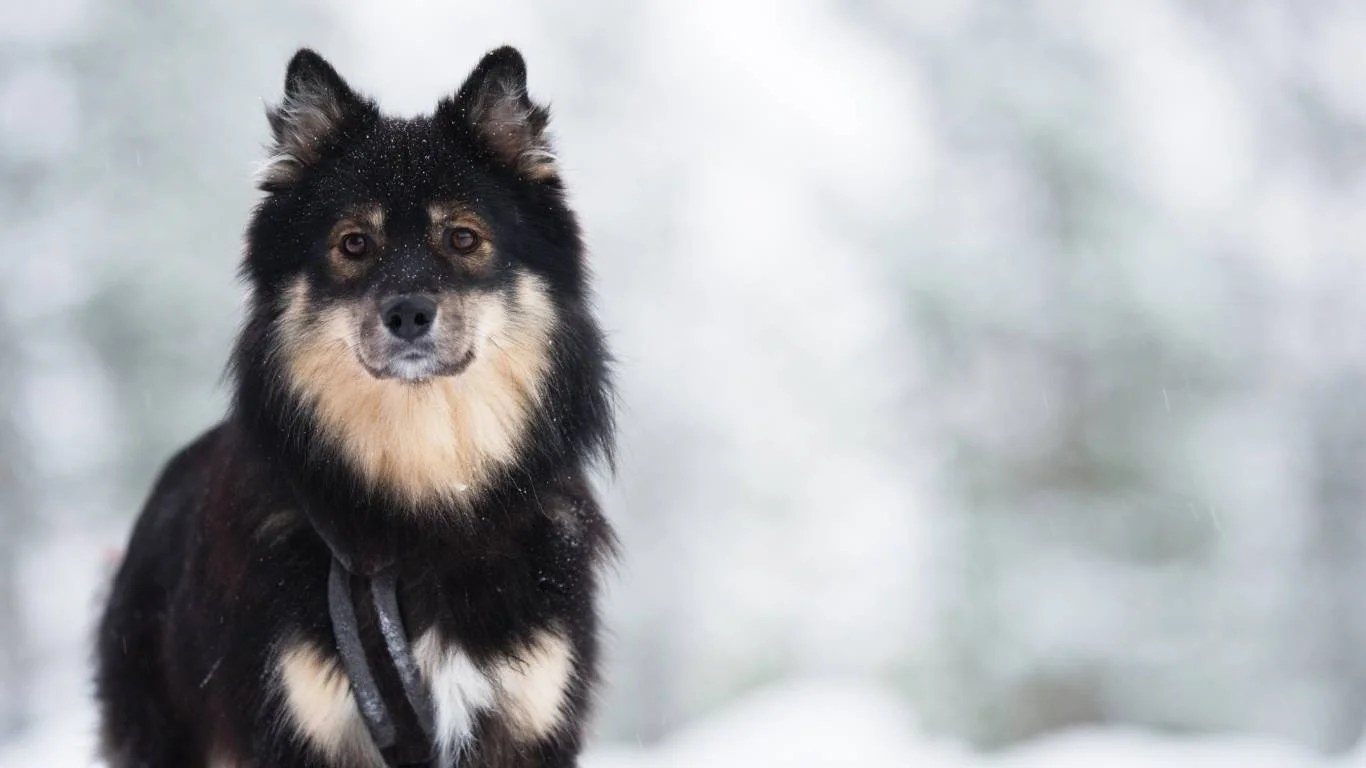
This is where things get nuanced. Not all dairy is created equal. Some dairy products have less lactose, and in small, occasional amounts, they might be tolerated better:
- Cheese: Especially hard cheeses like cheddar or Swiss. They’re lower in lactose than milk.
- Plain yogurt: Contains live cultures that actually help break down lactose. Probiotic bonus!
- Goat’s milk: Easier to digest for some dogs, but still should be given cautiously.
In my practice, we’d often recommend trying a spoon of plain, unsweetened Greek yogurt as a probiotic boost — but always watching for signs of intolerance. I personally avoid recommending any milk straight-up. It’s just not worth the risk.
How Much Dairy Is Too Much for Dogs?

Alright, so your pup snagged a piece of pizza crust with some melted cheese on it — not the end of the world. But where’s the line between a harmless nibble and a full-on tummy disaster?
Honestly, there’s no magic number here. Every dog is different. In my time assisting with pet nutrition plans at the clinic, I’d always emphasize the golden rule: when in doubt, go without. Or at least keep it tiny — like “the size of your thumbnail” tiny.
Here’s a rough guide I’ve shared with pet parents who couldn’t resist giving their pup a little dairy:
- Small dogs (under 20 lbs): Less than a teaspoon of cheese or yogurt
- Medium dogs (20–50 lbs): Up to one tablespoon occasionally
- Large dogs (50+ lbs): Maybe two tablespoons max — but sparingly
Even with these guidelines, always monitor for signs of intolerance. I remember one bulldog named Daisy who seemed fine with cheese until her owner started giving her a cube every day. Within a week, she was back in our exam room — gassy, bloated, and not her usual happy self. Turns out, a little too much “treat love” can go sideways fast.
The Hidden Dairy in Dog Treats
This is something many pet owners overlook. You might think you’re keeping your dog dairy-free, but a surprising number of commercial dog treats and biscuits contain hidden lactose. Think milk powder, whey, or casein.
Always, always check the label. Look for those sneaky ingredients. If you’re unsure, look for treats labeled specifically as lactose-free or formulated for sensitive stomachs. Better yet, DIY a batch of dairy-free frozen banana bites or peanut butter pumpkin treats — those were a hit in every pet parent class I helped run!
Alternatives to Dairy-Based Dog Treats
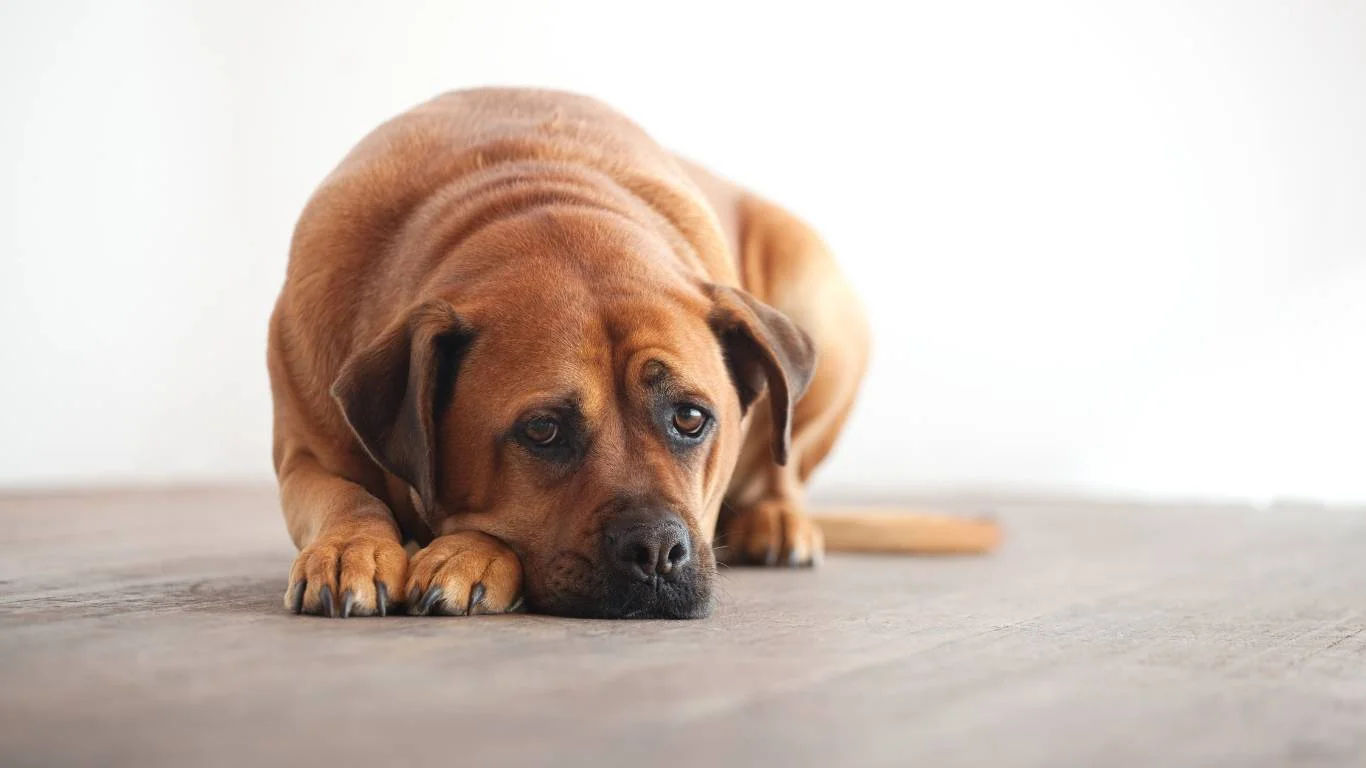
Luckily, there are plenty of pup-safe alternatives that don’t involve dairy and won’t risk a stomachache.
- Frozen fruit: Blueberries, bananas, and watermelon chunks are a cool summer snack.
- Dog-safe peanut butter: Make sure it’s xylitol-free! You can smear it on a toy or freeze it in molds.
- Pumpkin puree: Not only tasty, but also great for digestion. I’ve seen it work wonders for dogs with sensitive guts.
- Bone broth cubes: Freeze low-sodium broth into silicone trays. My clients’ dogs loved them!
These swaps aren’t just safe — they can actually support your dog’s health and digestion. And they’re easier on your wallet, too.
Dog Nutrition: It’s Not One-Size-Fits-All
This is one of the first things I tell new dog parents during consults. What works for one dog might not work for another. Some dogs are lactose-intolerant, some are grain-sensitive, and some seem to have stomachs made of steel (looking at you, labradors!).
What matters most is watching your own dog’s reactions and adjusting based on that. Keep a little “food diary” if your pup has a sensitive stomach — jot down what they eat and how they react. It’s simple but so effective. I’ve used this trick with dozens of clients to pinpoint the sneaky things that were causing issues.
When to Talk to Your Vet
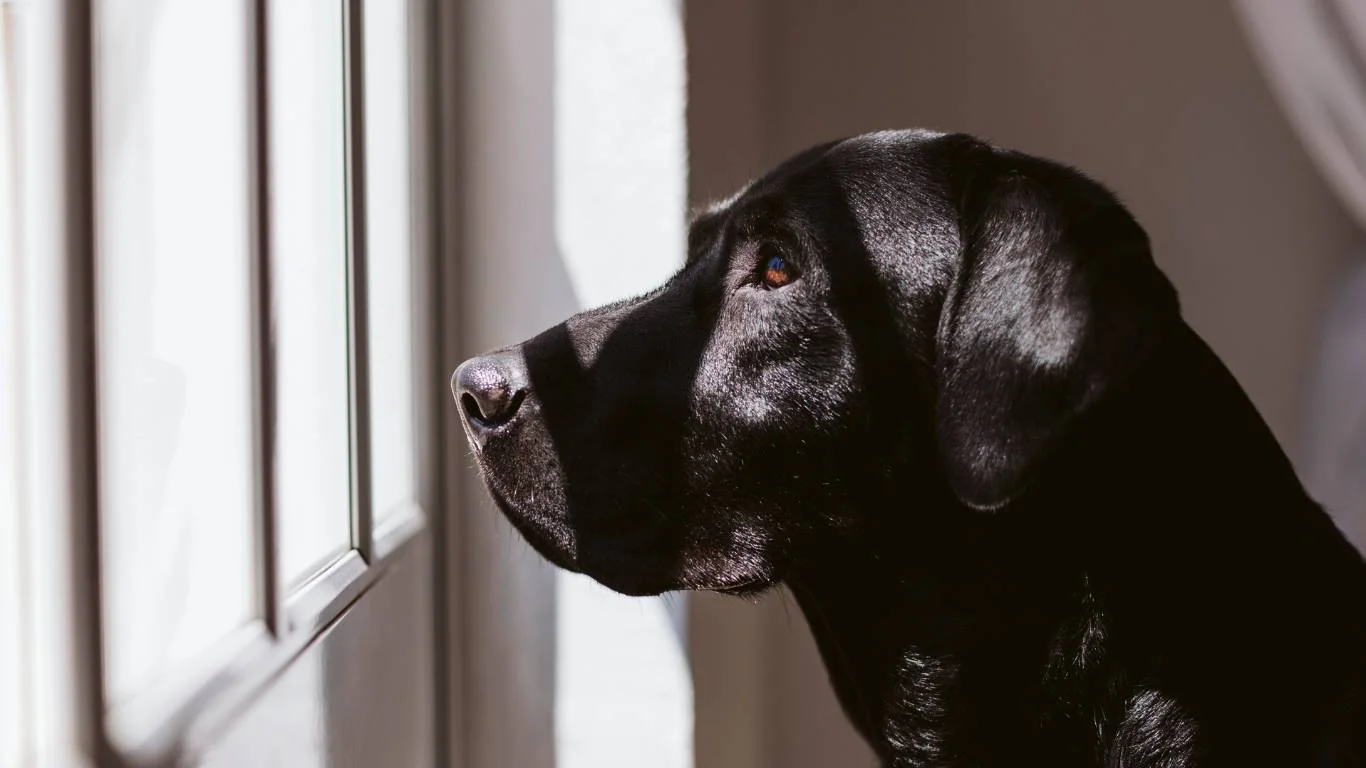
If your dog shows symptoms like ongoing diarrhea, vomiting, or gassiness after eating dairy — or honestly, after eating anything new — it’s time to check in with your vet. While lactose intolerance is usually mild, sometimes those digestive issues point to something more serious like:
- Food allergies
- Pancreatitis
- Inflammatory Bowel Disease (IBD)
- Parasites or infections
Your vet might recommend switching to a hypoallergenic diet, running a food elimination trial, or testing for underlying conditions. I’ve helped many clients navigate this process — and trust me, getting answers early can make a huge difference in your dog’s health (and your peace of mind).
Trust Your Gut… and Your Dog’s!
As pet parents, we’re always learning. I’ve met owners who felt super guilty about giving their dogs a bit of whipped cream, not realizing it could be a problem. It happens! The best thing you can do is stay curious, ask questions, and pay attention to how your dog reacts.
And hey — if your dog loves the idea of dairy but can’t handle the real deal, there are lactose-free dog-friendly “ice creams” on the market now. Just be sure to check the ingredients. I’ve personally tried a few with my own pups during training sessions, and they were tail-wagging approved!
Lactose Intolerance vs. Digestive Sensitivity: Know the Difference
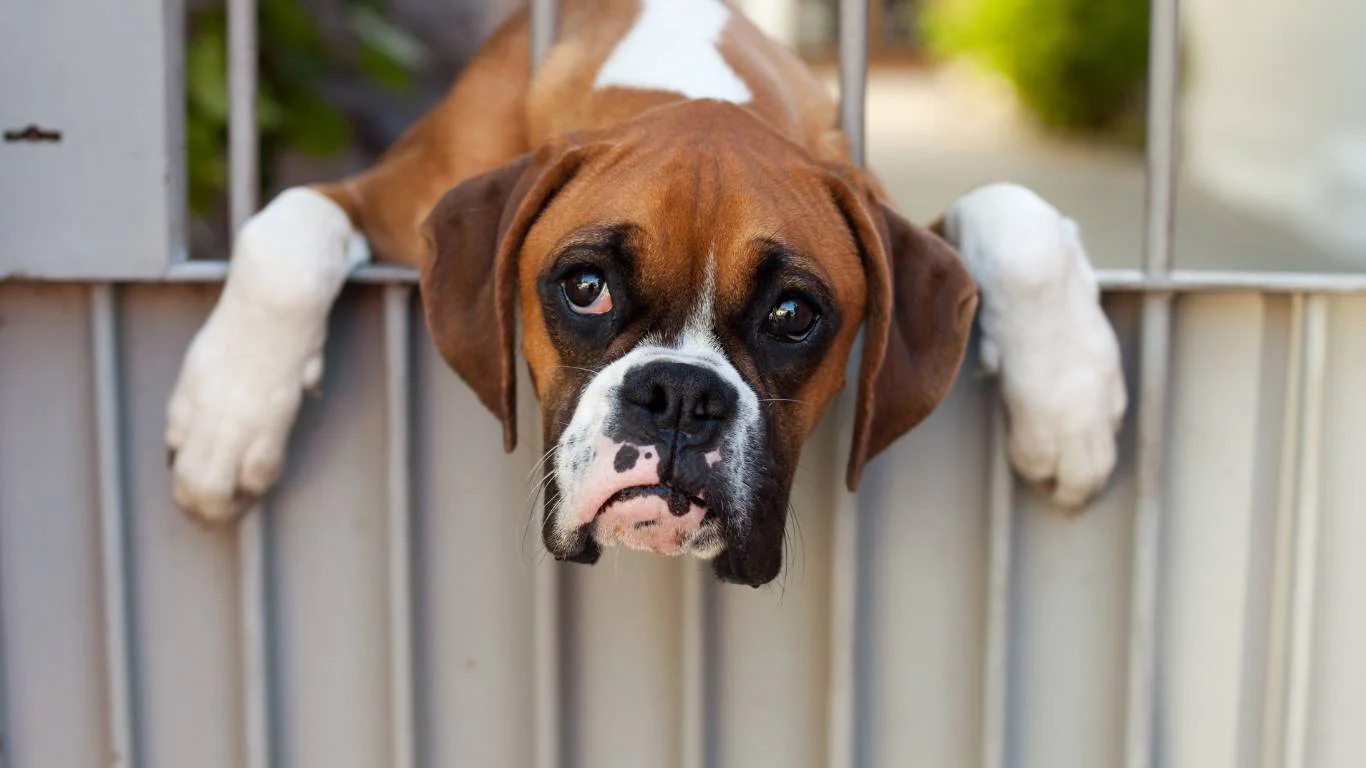
It’s easy to lump all tummy troubles into the “lactose intolerance” bucket, but here’s the thing — not every digestive issue your pup has is about dairy. I’ve worked with a lot of pet parents who swore dairy was the issue, only to discover that it was something totally different like poor-quality kibble, food dyes, or even just gulping meals too fast.
Lactose intolerance specifically means the dog’s body lacks enough lactase to break down lactose. But if your dog’s having a rough time after other foods too, it might point to a more generalized digestive sensitivity or food intolerance. These can include proteins like chicken or beef, grains like corn or wheat, or even common additives.
In my experience, the biggest clue it’s truly dairy-related is this: the symptoms show up fast. I’m talking 30 minutes to a few hours post-dairy. If the symptoms take longer or seem to linger, it’s worth exploring broader digestive concerns with your vet or a certified pet nutritionist.
How to Support a Lactose-Intolerant Dog’s Gut Health
Just because your pup can’t handle dairy doesn’t mean their digestive health has to suffer. There are so many great ways to support their gut without turning to yogurt or cheese. Over the years, I’ve recommended these with great success — and they’re backed by science, too.
- Probiotic supplements: Look for canine-specific ones with strains like Lactobacillus acidophilus.
- Prebiotic-rich veggies: Cooked pumpkin, carrots, and sweet potatoes are all gut-friendly and gentle.
- Hydration: Always have fresh water available. Dehydration can worsen digestive issues fast.
- Small, frequent meals: Especially for sensitive tummies — it helps prevent overload.
I once worked with a senior Pomeranian named Bella who had constant stomach upset. Her owner had been giving her cottage cheese as a “healthy snack” — yikes. Once we stopped the dairy and added a probiotic and pumpkin puree into her meals, Bella turned into a new dog: energetic, regular, and way less gassy!
Best Practices: What to Do if Your Dog Accidentally Eats Dairy

Oops — your dog got into your mac and cheese. It happens to the best of us. Here’s what I usually tell clients to do if their dog snags some dairy:
- Stay calm: A small amount probably won’t cause major issues, especially for larger dogs.
- Monitor them closely: Watch for signs like gas, bloating, drooling, or diarrhea within the next 6–12 hours.
- Keep them hydrated: Mild stomach upset can lead to dehydration, especially if there’s diarrhea.
- Offer bland food if needed: A little boiled chicken and plain white rice can help settle things down.
If symptoms persist beyond a day or seem severe — especially vomiting or signs of pain — always call your vet. Better safe than sorry.
Can Dogs Have Lactose Intolerance Long-Term?
Yep, and it’s usually a lifelong thing. Just like with people, dogs don’t suddenly start producing more lactase as they age. If your pup can’t handle dairy now, chances are that won’t change later. The good news? It’s 100% manageable with a bit of awareness and some easy food swaps.
Plenty of pet parents I’ve worked with felt overwhelmed at first, but honestly, once you get into a groove of choosing non-dairy, gut-friendly options, it becomes second nature. You’ll even start noticing how much better your dog feels — more energy, fewer accidents, and way fewer vet visits for digestive issues.
References
- https://www.petmd.com/
- https://www.avma.org/
- https://www.akc.org/
- https://www.vet.cornell.edu/
- https://www.ncbi.nlm.nih.gov/
Disclaimer
This article is based on both professional and hands-on experience as a Veterinary Assistant with a focus in pet nutrition, but it should not replace advice from your veterinarian. Always consult your vet before making any significant changes to your dog’s diet or if your pet is experiencing ongoing health issues.
